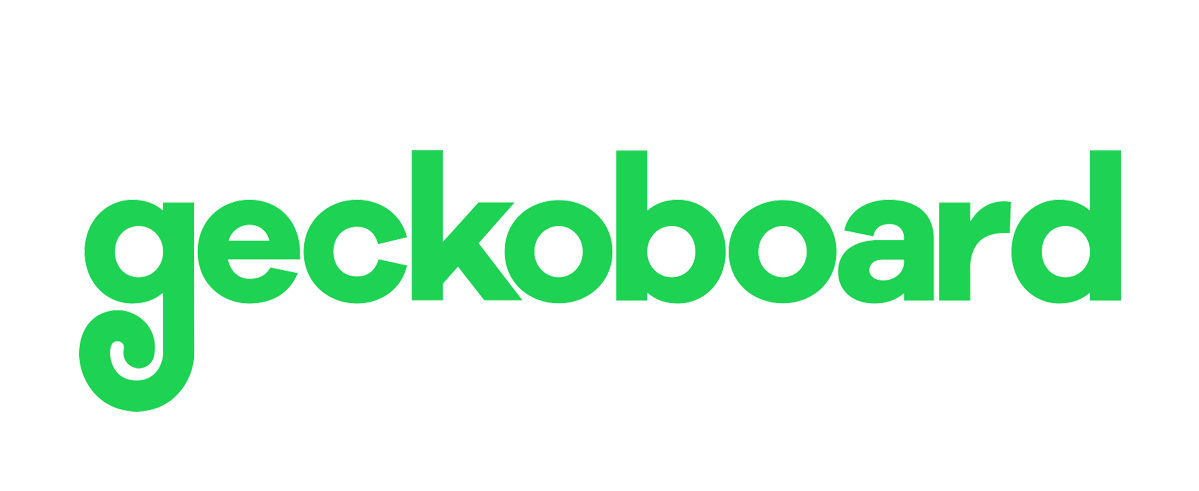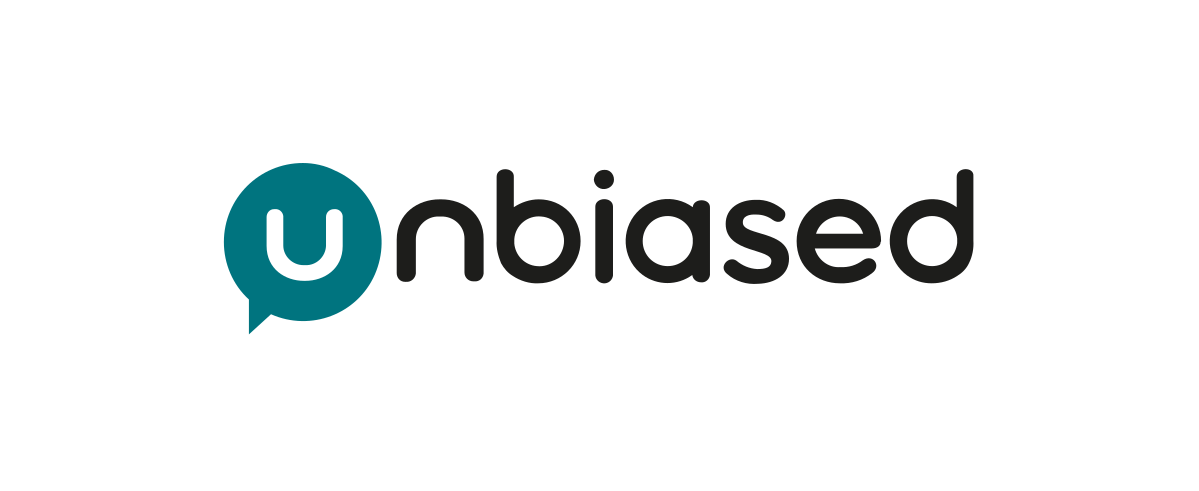
Lostmy.name Case Study
Team restructuring, introducing CTO and Head of Engineering
Christmas Rush
In the run-up to Christmas 2015, the amazing personalised children’s book Lost My Name had rocketed to success, with the book in the hands of over a million children and its tremendous brand appeal driving the company to grow very quickly from a side project to an 80-person global operation. But the organisation of the company, especially of the engineering discipline, had not kept pace with its commercial growth. In particular, an experiment with Spotify-style squads of 3-4 people had led to some brilliant successes due to significant autonomy for employees, but also some spectacular wasted effort on unneeded or duplicative projects. Experienced technical leadership was lacking and the founders wondered whether a CTO, a VP Engineering, or both could help them get the direction right. They agreed with me that a Transformation project with my involvement 2-3 days a week would be a valuable way to make tactical improvements and choose a strategic plan for technical leadership.
On arrival in November, in the throes of the Christmas rush, I rapidly diagnosed three problems: a lack of accountability, poor information flow, and unclear goals for teams. We chose not to make big changes until after the New Year, but I did begin moves to shift some developers to part-time leadership roles and ran a workshop on effective 1-1s for managers across the company. The latter, on reflection, was not ideally timed, and perhaps it would have been better to do more basic training in management skills for the less experienced participants first. The company made it to Christmas with a successful selling season and everyone took a well-deserved break.
New Year, New Structures
In January, the founders and I made several rapid changes to address the immediate issues:
- 1. We brought the developers together into several larger groups and formally appointed a tech lead and product manager to each.
- 2. We gave responsibility for monthly and quarterly planning to the PMs and held them and the tech leads to account with weekly traffic-light reports and monthly product reviews, where we ensured the projects underway were feasible, valuable, and on track.
- 3. We published a one-year product plan and roadmap and asked each team to show how its activities fit into the priorities identified there.
The improved information flow and greater accountability had immediate effects: major roadmap projects like a revamp of the website "shop front", a rewrite of the rendering platform that prints the books, and a move into China were visibly prioritised over tactical changes. As these efforts encountered delays and problems at various times, we noticed an opportunity to improve communication further and introduced "cross-squad" sessions to co-ordinate work across teams, aiding stabilisation of these projects further.
At the same time, issues were becoming clearer at the senior leadership level. Producing the one-year roadmap was challenging for the senior management team, and a retrospective I ran for the group as a result helped us see that overlapping roles for two of the founders were confusing matters and holding up progress; they successfully worked out an improved and clearer relationship over the next few months that streamlined decisionmaking noticeably. Also, we agreed that a full-time CTO was needed to solidify the changes we had started in the development team, and we began the search for such a person.
Spring and Summer Upheaval
The following months were marked by a series of difficult challenges. First, our new reporting mechanisms gave us an early warning that the rewritten rendering platform, critical to successful product launches later in the year, would not scale. The team reacted well, writing three new prototype versions in a week and choosing the most scalable one. A newly hired leader for the team arrived during this excitement and brought in strong project management to get the project back on track.
Next, we located and hired the new CTO - but he immediately ran into strong resistance to innovative ideas he wanted to implement quickly. I provided training and coaching that helped him use Action Science techniques like "joint design" that improved his suggestions and led to greater internal commitment among engineers for the new methods.
At about the same time, the head of QA departed, leaving a significant leadership gap, and we promoted one of the two remaining QA engineers to his role. In the face of some scepticism from all quarters, I asked developers to help the now-smaller quality team by adopting a more disciplined delivery process using a pre-deploy tick list, and by taking responsibility for their own QA, using the quality team as expert guides rather than as release gatekeepers. I promised to buy everyone a beer if this wasn’t working after a month - but I didn’t have to pay out, as everyone soon agreed the new processes were more efficient and effective.
Participating in these difficult events led me to undertake several initiatives to improve morale across the company, including a "stairway of love" to showcase amazing customer feedback, a "ship-it squirrel" weekly performance to celebrate delivery of new features, and even composition and performance of a company song.
Autumn Turnaround
By August, the company could feel the rush of Q4 coming, but the solid work of the previous six months was starting to bear fruit. The rebuilt rendering engine was working and live for one product, and it came with a rapid-feedback "playground" that made a significant difference to speed of development for product creators. New heads of business intelligence and infrastructure joined and, thanks to smoothly running teams and processes, we were able to begin getting really meaningful results from both teams quickly. And we introduced a new engineering group providing services to the marketing team, with a tech lead and product manager who instituted solid practises from the start and provided significant value, starting with the integration and support of a WordPress blog called Clever Ideas that took off like a rocket and drove loads of engagement.
An influential engineer who had been with Lostmy.name since the beginning decided to leave us in this period - but with the CTO ramping up and the rendering platform lead keeping that important project on track, this was much less disruptive than it would have been only a few months before. A crucial operational contributor, responsible for the legacy manual processes involved in maintaining and updating the company’s first book, also became ill and left the company, but we had begun transitioning and automating his work to others so there was no significant loss to progress - in fact we even managed to make a substantial revision to the book during the transition.
As Christmas drew closer, we began to prepare for the big selling season. We organised and ran a substantial load test to verify that the site would scale to very high early-December volumes - which it did, thanks to careful engineering and testing earlier in the year. The new infrastructure lead organised a clear and simple mechanism for handling incidents and outages, and I helped test this by running weekly "fire drills" in which we played out various failure scenarios across the company to exercise our recovery plans. As a result, we entered Q4 with confidence.
Christmas Success
We organised a "quiet period" for Q4, with fewer live changes to keep the site stable, and the leadership and information-flow improvements from earlier in the year really began to pay off as tech leads and product managers carefully prioritised work and negotiated with other teams effectively. My focus shifted to coaching for the CTO and the rendering lead- the latter was emerging as a senior manager and has since been appointed Head of Engineering. In twice-weekly sessions, they got my advice on conflicts between development teams, revising organisational structure for new challenges coming after Christmas, and on improving their working relationship with each other. Action Science techniques were particularly helpful for thorny issues they faced in upward and outward management.
In contrast to previous frenetic Christmasses, the engineering team were calm and focussed. The "fire drills" paid off with rapid solutions to technical challenges, including an outage on Black Friday that required the co-operation of nearly every developer to resolve, but was so smoothly handled that one of the founders decided to live-stream video of the team collaborating to resolve the problem. The result was a remarkably stable site and rendering platform that handled all the Christmas load the marketing team could throw at it.
As we started to look to the new year, the senior leadership were much better positioned to negotiate and agree an annual product plan, and they selected an aggressive approach with many new product launches and experiments, facilitated by the improved e-commerce and rendering technology we had completed during the year. I helped introduce a "product variability scorecard" that let us see quickly how hard a new product would be to introduce in each affected area (design, web store, rendering, and printing), which helped streamline the selection and ordering of new product development.
Conclusions
With the new year plans safely under way and the CTO and Head of Engineering functioning independently, Lostmy.name and I agreed the project was complete. At the last all-hands session I attended in my transformation role, founder Tal Oron said, Squirrel’s impact in just a few days a week was tremendous - not just in engineering, but in product, the senior team, and across the whole company. You can bring him almost any problem and he’ll write it down in his little notebook, then come back with a thoughtful solution. He made a huge difference every day at lostmy.name.


